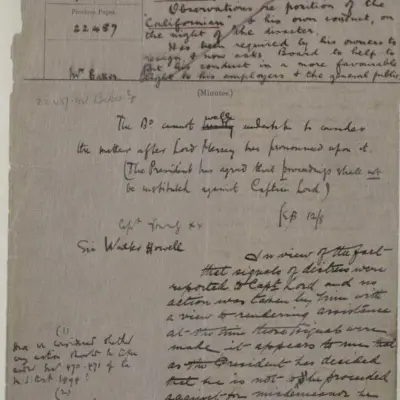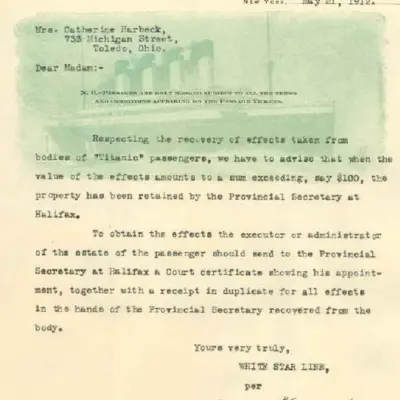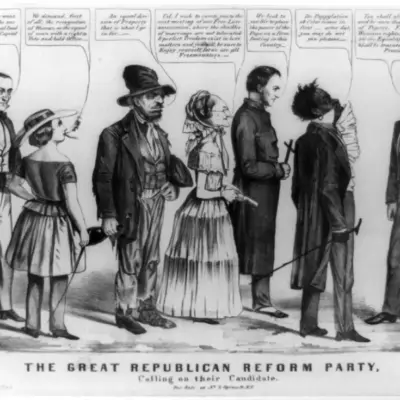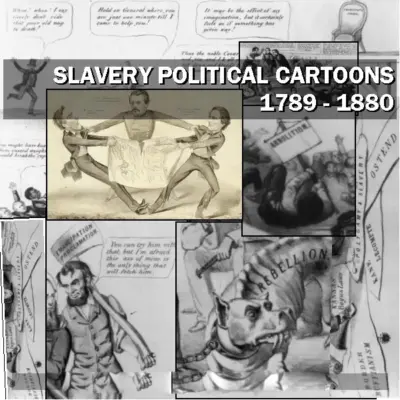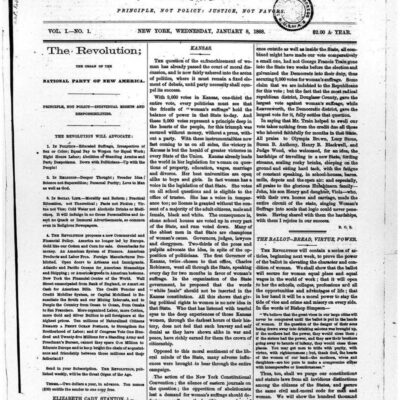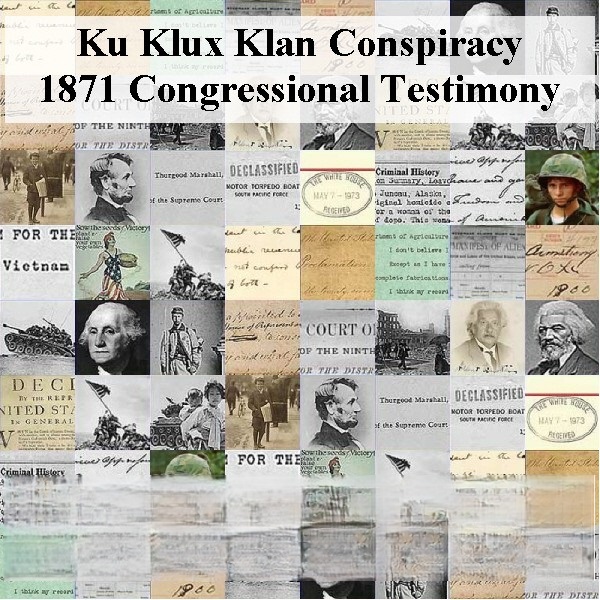
Description
Ku Klux Klan: Emergence, Suppression, and Legacy
Timeline of Main Events (Based on Provided Source)
- 1866: The first incarnation of the Ku Klux Klan emerges, founded by former Confederate soldiers.
- Post-Civil War (1866 onwards): The KKK develops into an organization seeking to end Northern influence brought about by Reconstruction. Their goals include limiting Black education, economic advancement, voting rights, political and social status, and the right to bear arms.
- 1868 (April): In the Georgia gubernatorial election, Columbia County casts 1,222 votes for Republican Rufus Bullock.
- 1868 (November): In the presidential election, Columbia County, Georgia, casts only one vote for Republican candidate Ulysses Grant, demonstrating the Klan’s effectiveness in suppressing Black voters.
- 1869: A federal grand jury declares the Ku Klux Klan to be a terrorist organization.
- January 1871: Pennsylvania Republican Senator John Scott convenes a committee to investigate Klan atrocities.
- February 1871: Massachusetts Congressman Benjamin Franklin Butler, a former Union general, introduces federal legislation known as the 1871 Klan Act.
- Early 1871 (March): Miss Allen, a teacher from Illinois working in Cotton Gin Port, Mississippi, is visited by disguised Klansmen and warned to stop teaching and leave the county, which she does.
- 1871: President Ulysses S. Grant signs the Klan Act into law. This act, along with the 1870 Force Act, is used to enforce the civil rights provisions of the Constitution. Federal troops are deployed, and Klansmen are prosecuted in federal courts.
- 1871-1874: Under the Klan Act, the federal government takes action that severely cripples the original Ku Klux Klan. Attorney General Amos Tappan Ackerman leads the prosecutions.
- April 13, 1873 (Easter Sunday): The Colfax Massacre occurs in Colfax, Louisiana. A clash between white men (including members of the White League and KKK) and the almost entirely Black state militia at the local courthouse results in the deaths of approximately 280 Black individuals.
- 1872: The U.S. Congress publishes the 13-volume “Report of the Joint Select Committee Appointed to Inquire into the Condition of Affairs in the Late Insurrectionary States,” often referred to as the KKK Testimony. This report contains the testimony gathered by Senator Scott’s committee in 1871, including information related to North Carolina, South Carolina, Georgia, Alabama, Mississippi, and Florida.
- 1882: The Supreme Court rules in United States vs. Harris that the Klan Act is partially unconstitutional, stating that Congress’s power under the Fourteenth Amendment does not extend to private conspiracies.
- Later Civil Rights Conflicts: Despite the 1882 ruling, the Force Act and the Klan Act are invoked in later civil rights conflicts, including the murders of Chaney, Goodman, and Schwerner (1964), the murder of Viola Liuzzo (1965), and the Bray v. Alexandria Women’s Health Clinic case (1991).
Cast of Characters (Based on Provided Source)
- John Scott: Republican Senator from Pennsylvania. In January 1871, he convened a committee to take testimony from witnesses about Ku Klux Klan atrocities.
- Ulysses S. Grant: Republican President of the United States during the peak of the Klan’s activity and the passage of the Klan Act. He signed the Klan Act into law in 1871.
- Benjamin Franklin Butler: Republican Congressman from Massachusetts and former Union general. He wrote and introduced the 1871 Klan Act.
- Amos Tappan Ackerman: Attorney General of the United States during the period when the Klan Act was enforced. He led the federal prosecutions of Klansmen.
- Miss Allen: A schoolteacher from Illinois working in Cotton Gin Port, Mississippi. She was visited and threatened by disguised Klansmen in March 1871 and subsequently left the county.
- James M. Hinds: Republican Congressman from Arkansas who was murdered during the KKK’s campaign.
- Rufus Bullock: Republican candidate in the 1868 Georgia gubernatorial election.
- Nathaniel Bedford Forrest: Former Confederate general, reputed to be the first Grand Wizard (national leader) of the Ku Klux Klan. His testimony was included in the reports.
- John G. Lewis: A Black teacher and legislator in Louisiana who commented on the Colfax Massacre, highlighting its significance as proof of the disadvantage faced by Black people in confrontations with organized white supremacist groups.
- Chaney, Goodman, and Schwerner: Civil rights activists murdered in Mississippi in 1964. The Klan Act was later invoked in relation to their murders.
- Viola Liuzzo: A civil rights activist murdered in Alabama in 1965. The Klan Act was later invoked in relation to her murder.
Ku Klux Klan Conspiracy – 1871 Congressional Testimony Documents
7,012 pages of Congressional testimony published in 1872 on the Ku Klux Klan activity.
In 1869, a federal grand jury declared the Ku Klux Klan to be a terrorist organization. In January 1871, Pennsylvania Republican senator John Scott convened a committee, which took testimony from witnesses about Klan atrocities. In 1872, the U.S. Congress published the 13 volume “Report of the Joint Select Committee Appointed to Inquire in to the Condition of Affairs in the Late Insurrectionary States.” Historians often referred to these volumes as the KKK Testimony.
This collection contains the following eleven volumes: Volume II contains the testimony taken by the committee in relation to North Carolina, and the report of the trials in the United States circuit court held at Raleigh, North Carolina. Volumes III, and IV contain testimony taken by the committee in relation to South Carolina. Volumes VI and VII contain testimony taken by the committee in relation to Georgia. Volumes VIII, IX, and X contain testimony taken by the committee in relation to Alabama. Volumes XI and XII contain testimony taken by the committee in relation to Mississippi. Volume XIII contains miscellaneous testimony taken by the committee, and testimony in relation to Florida, and miscellaneous documents.
The first incarnation of the Ku Klux Klan emerged in 1866. The KKK was created by former Confederate soldiers and developed into an organization seeking the end of Northern influence presenting itself through Reconstruction. The Klan was made up of decentralized, autonomously administered local units. The KKK sought to limit black education, economic advancement, voting rights, political and social status, and the right of African-Americans to bear arms.
The Ku Klux Klan’s effort involved intimidating the Southern African-American population, Northerners working in the South after the Civil War, Southern Republicans, and schoolteachers brought south by the Freedmen’s Bureau.
Testimony made to the committee includes:
“One of these teachers (Miss Allen of Illinois), whose school was at Cotton Gin Port in Monroe County, was visited … between one and two o’clock in the morning on March, 1871, by about fifty men mounted and disguised. Each man wore a long white robe and his face was covered by a loose mask with scarlet stripes. She was ordered to get up and dress which she did at once and then admitted to her room the captain and lieutenant who in addition to the usual disguise had long horns on their heads and a sort of device in front. The lieutenant had a pistol in his hand and he and the captain sat down while eight or ten men stood inside the door and the porch was full. They treated her “gentlemanly and quietly” but complained of the heavy school-tax, said she must stop teaching and go away and warned her that they never gave a second notice. She heeded the warning and left the county. “
The methods of the Klan grew more violent. Those murdered during the KKK’s campaign included Arkansas Congressman James M. Hinds, three members of the South Carolina legislature, and several men who had served in state constitutional conventions. According to testimony, in other violence, Klansmen killed more than 150 African Americans in a single county in Florida, and hundreds more in other counties.
The Klan was most successful at taking the vote away black southerners. For example, in the April 1868 Georgia gubernatorial election, Columbia County cast 1,222 votes for Republican Rufus Bullock, but in the November 1868 presidential election, the county cast only one vote for Republican candidate Ulysses Grant.
In February 1871, former Union general, Congressman Benjamin Franklin Butler of Massachusetts wrote and introduced federal legislation, the 1871 Klan Act. The bill gained favor after the governor of South Carolina appealed for federal troops to maintain order in the State. Reports of a riot and massacre in a Meridian, Mississippi courthouse, in which a black state representative narrowly escaped death, also added support for the bill. In 1871, President Ulysses S. Grant signed Butler’s legislation, which was used along with the 1870 Force Act, to enforce the civil rights provisions of the constitution.
Under the Klan Act, federal troops were used rather than state militias, and Klansmen were prosecuted in federal court, where juries often included blacks. Prosecutions were led by Attorney General Amos Tappan Ackerman. Federal government actions under the Klan Act from 1871 to 1874 severely crippled the original Klan. Although in some areas similar activities, including intimidation and murder of black voters, continued under the auspices of local organizations such as the White League, Red Shirts, saber clubs, and rifle clubs.
On Easter Sunday, 1873, the bloodiest single instance of racial violence in the Reconstruction era happened during the Colfax Massacre. On April 13, 1873, in Colfax, Louisiana, a group of white men, including members of the White League and the Ku Klux Klan, clashed with members of Louisiana’s almost all-black state militia at the local courthouse. The cause of the battle was ostensibly a contested local election, though racism and partisan politics were significant factors as well.
“The bloodiest single instance of racial carnage in the Reconstruction era, the Colfax massacre taught many lessons, including the lengths to which some opponents of Reconstruction would go to regain their accustomed authority. Among blacks, the incident was long remembered as proof that in any large confrontation, they stood at a fatal disadvantage. The organization against them is too strong…”, remarked Louisiana black teacher and legislator John G. Lewis. “They attempted (armed self-defense) in Colfax. The result was that on Easter Sunday of 1873, when the sun went down that night, it went down on the corpses of two hundred and eighty negroes.”
Reports include testimony from Nathaniel Bedford Forrest. The former Confederate general, reputed as the first Ku Klux Klan grand wizard, the Klan’s national leader.
In 1882, the Supreme Court ruled in United States vs. Harris that the Klan Act was partially unconstitutional, saying that Congress’s power under the Fourteenth Amendment did not extend to private conspiracies. However, the Force Act and the Klan Act have been invoked in later civil rights conflicts, including the 1964 murders of Chaney, Goodman, and Schwerner in Mississippi; the 1965 murder of Viola Liuzzo in Alabama; and Bray v. Alexandria Women’s Health Clinic in 1991.
The files contain a text transcript of all recognizable text embedded into the graphic image of each page of each document, creating a searchable finding aid. Text searches can be done across all files in the collection.





